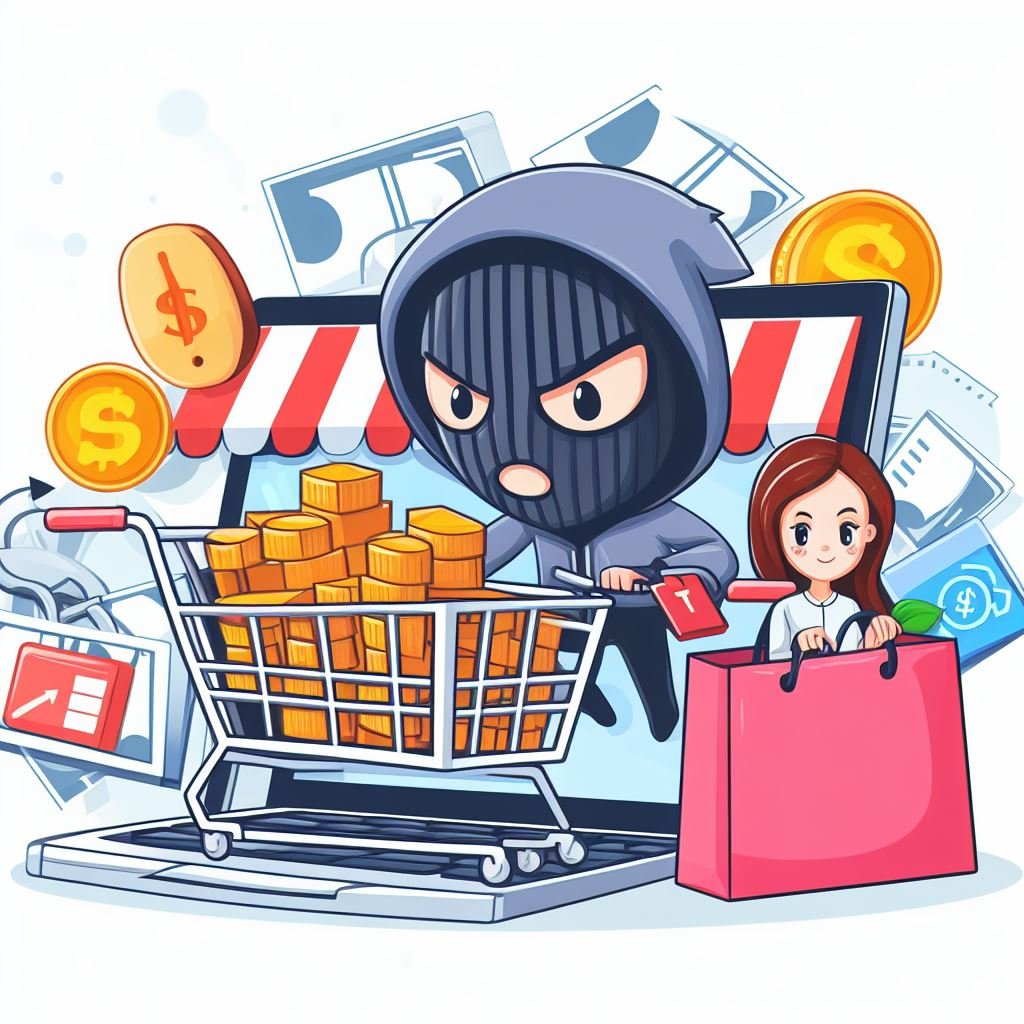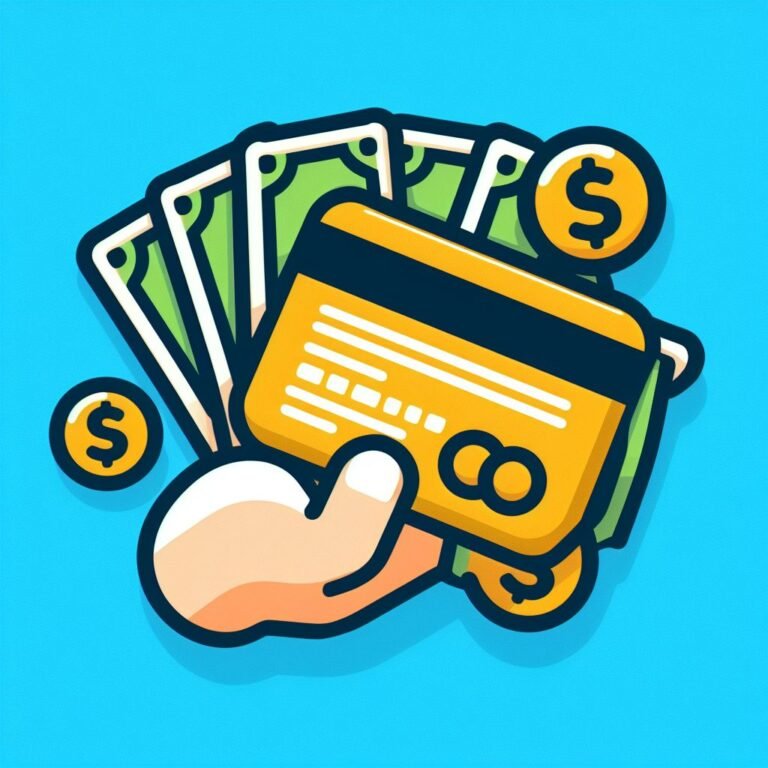Tips for Safe Online Shopping You Shouldn’t Ignore
Online shopping has become a cornerstone of our daily lives, transforming the way we buy and sell goods. With just a few taps or clicks, we can have the world at our fingertips. However, as convenient as online shopping is, it also comes with its set of risks. The digital realm is a double-edged sword, offering ease and access while also being a breeding ground for scams and frauds. This is where the importance of safe online shopping steps into the limelight.
The rise of online shopping isn’t a passing trend; it’s a substantial shift in how commerce operates. In the face of a global pandemic, online shopping morphed from a modern convenience to a social necessity. The allure of 24/7 shopping, a vast range of choices, and the comfort of having items delivered to your doorstep are undeniable. Yet, it would be unwise to overlook the dark clouds that hover over digital marketplaces.
Now, what does it mean to shop safely online? Practicing safe online shopping isn’t about steering clear of online stores; it’s about navigating them smartly. It’s about knowing the red flags and having a set of best practices at your disposal. This article, “Smart Shopper’s Guide: Tips for Safe Online Shopping You Shouldn’t Ignore,” aims to arm you with actionable tips to ensure your online shopping experience is as safe as it is enjoyable.
When diving into the digital shopping sphere, one must be equipped with the right knowledge to ward off potential threats. The subsequent sections will delve into understanding the basic security measures, creating a secure online environment, smart shopping strategies, ensuring payment safety, and avoiding common online scams. By the time you finish reading, you’ll be well on your way to becoming a savvy online shopper, making the most out of the online shopping boon while keeping the lurking dangers at bay.
In the digital age, being a smart shopper is synonymous with being a safe shopper. So, let’s embark on this enlightening journey to mastering the art of safe online shopping. Your wallet and peace of mind will thank you!
Table of Contents
Understanding The Basics
Secure Connection
When it comes to online shopping, starting on a secure foot is imperative. Have you ever noticed the little padlock symbol next to the website’s URL or an ‘HTTPS’ instead of ‘HTTP’ at the beginning of the web address? Well, they’re not there for show!
- HTTPS: This stands for Hypertext Transfer Protocol Secure. In layman’s terms, it’s like having a conversation in a sealed room where no one outside the room can hear what’s being said. HTTPS encrypts the data between your device and the website, keeping the information secure from eavesdroppers.
- SSL Certificate: The padlock symbol indicates that the website has an SSL (Secure Socket Layer) certificate, which is essentially a public key certificate. It’s like having a bouncer at the door checking IDs before letting anyone in.
Now, when you’re entering sensitive information such as your address or credit card details, this encryption is what keeps that data safe from prying eyes. Always ensure that the website you’re shopping from has that comforting little padlock and starts with ‘HTTPS’ – it’s the first step towards safe online shopping.
Recognizing Secure Websites
But a secure connection is just the tip of the iceberg. How do you ensure that the website you’re shopping from is reputable and trustworthy?
- Check for Contact Information: Legitimate websites will always have a way for you to contact them. Look for addresses, phone numbers, and customer service channels.
- Read Reviews: What are other customers saying? Are there numerous complaints about the website? Delve into reviews and ratings to get a feel of the website’s reputation.
- Verify the URL: Be cautious around websites with odd-looking URLs or those that have glaring spelling errors. These could be red flags signaling a fraudulent website.
- Look for Seals of Approval: Reputable sites often have seals of approval from recognized institutions or businesses. These seals are a nod to the website’s adherence to certain standards and practices.
The digital marketplace is bustling with opportunities, but it’s also a field laden with traps for the unwary. By ensuring a secure connection and learning to recognize secure websites, you’ve already won half the battle against potential online shopping scams. Armed with these basic understandings, you’re now ready to delve deeper into the realms of smart shopping strategies and payment safety in the subsequent sections of this guide on “Tips for Safe Online Shopping”.

Creating A Safe Online Environment
Safety doesn’t stop at recognizing secure websites; it extends into creating a safe environment for your online activities. Let’s delve into how you can fortify your digital shopping arena.
Keeping Software Updated
In the ever-evolving world of technology, staying updated is staying safe. It’s akin to changing the locks on your doors periodically.
- Security Software: Having robust security software is your first line of defense against malicious entities. Ensure it’s updated to catch the latest threats.
- Browser Updates: Your web browser is the gateway to the online shopping world. Keeping it updated ensures it has the latest security features to keep your data safe.
- Operating System Updates: These updates often come with security patches to fix any vulnerabilities that might have been discovered.
Using Strong Passwords
Passwords are the keys to your online kingdom. How sturdy are your keys?
- Complexity: Create passwords that are a mix of uppercase and lowercase letters, numbers, and special characters. The more complex, the better.
- Uniqueness: Avoid using the same password across multiple sites. Each password should be unique like a snowflake.
- Password Managers: Remembering a plethora of strong passwords can be daunting. Password managers can be your digital keychain, securely storing your passwords.
By keeping your software updated and fortifying your accounts with strong passwords, you’re building a robust fortress around your online shopping activities. It’s about making it as difficult as possible for cyber rogues to infiltrate your defenses.
Smart Shopping Strategies
Venturing into the digital marketplace requires a blend of savvy strategies to not only snag the best deals but to do so safely.
Researching Retailers
Trust is earned, not given. How do you ascertain the trustworthiness of online retailers?
- Check Reviews and Ratings: A well-rated retailer with positive reviews is a good indicator of trustworthiness.
- Verify Contact Details: Legitimate retailers will have transparent contact details. Verify these details to ensure you’re dealing with a reputable retailer.
Comparing Prices Securely
Price comparisons are the essence of smart online shopping, but doing it securely is crucial.
- Use Secure and Reputable Price Comparison Tools: Look for tools that have good reviews and operate under HTTPS.
- Avoid Clicking on Suspicious Links: If a deal seems too good to be true, it probably is. Be wary of clicking on links from unknown sources.
By employing these smart shopping strategies, you’re not only securing a safe shopping experience but also ensuring you get the best bang for your buck.
Payment Safety
As the saying goes, “money talks.” In the realm of online shopping, how you manage your payments speaks volumes about your safety acumen. Let’s delve into the nitty-gritty of payment safety.
Using Secure Payment Options
Not all payment options are created equal, especially when it comes to online shopping.
- Credit Cards Over Debit Cards: Credit cards often offer better fraud protection compared to debit cards. In a case of unauthorized transactions, it’s easier to resolve issues with credit card companies.
- Digital Wallets and Payment Apps: Services like PayPal or Apple Pay provide an extra layer of security by not sharing your card details with the retailer.
Checking Statements Regularly
Being vigilant post-shopping is as crucial as being cautious during shopping.
- Regular Monitoring: Make a habit of reviewing your bank and credit card statements regularly for any unauthorized transactions.
- Prompt Reporting: If you spot any suspicious activity, report it immediately to your bank or credit card company.
Adopting secure payment practices and keeping a watchful eye on your financial statements can significantly mitigate risks associated with online shopping. Your hard-earned money deserves the fortress of safety.

Avoiding Common Online Shopping Scams
The digital marketplace, while bustling with opportunities, is also rife with scams waiting to trip the unwary shopper. Being forewarned is being forearmed.
Recognizing Phishing Attempts
Phishing is the digital equivalent of a wolf in sheep’s clothing.
- Be Cautious Around URL Shorteners: Scammers often use URL shorteners to disguise malicious links.
- Avoid Email Links: Be wary of clicking on links in emails from unknown or suspicious sources, especially if they pressure you to act quickly.
Understanding Common Scams
Knowledge is power, and understanding the common scams can keep you a step ahead of fraudsters.
- Fake Websites: Look-alike websites are designed to trick you into entering your personal information.
- Too-Good-To-Be-True Offers: Scams often lure you with unbelievable offers or prizes to get your personal or financial information.
By being vigilant and educated about common online shopping scams, you’re putting a formidable barrier between you and the scammers lurking in the digital shadows.
Conclusion
The digital shopping realm, with its convenience and vast array of products, is here to stay. By following the tips outlined in this “Smart Shopper’s Guide: Tips for Safe Online Shopping You Shouldn’t Ignore,” you’re not only safeguarding your online shopping experience but also taking a proactive step towards becoming a savvy digital shopper. Share this newfound knowledge with your friends and family; let’s create a safe shopping sphere for all.






